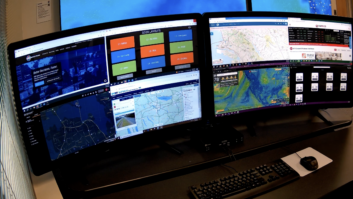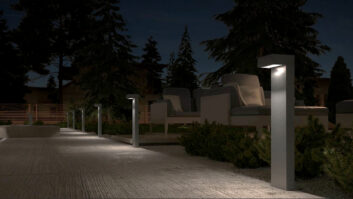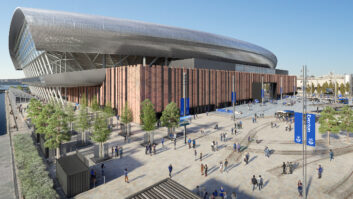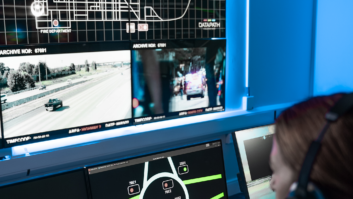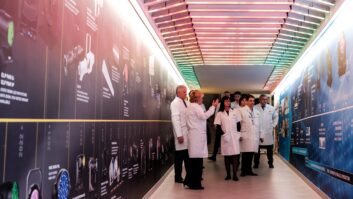Barry Bilclough, from intelligent buildings specialist Jung, discusses a next generation approach to lighting control that emphasises user-friendly functionality.
Once high end and cutting edge, lighting control systems have become ubiquitous in contemporary office buildings. Even small office units often have motion detectors in the toilet areas and larger commercial environments might have presence detectors and timers across the building to help reduce wasted energy and keep energy bills as low as possible.
While it’s easy to see how this conventional approach to lighting control is beneficial both to the landlord and the environment, it is also obvious that it’s not always very convenient for the end user. This can be just as true of the end user in a macro sense, ie the tenant company, as for the individual. For example, the use of a standard presence detector-based system may work well during ordinary office hours on a dreary winter’s day, but what about in the summer when bright daylight is flooding in through the windows and yet the lights are still on because the lighting control system has identified that the building is occupied? Or when the security guard is doing a walk round and the building lights a path behind him as he moves through each zone?
Standard lighting control technology is simply not intelligent enough to adapt to a building’s changing use or occupancy over time, or a tenant’s changing needs day-to-day, which means that energy usage is sometimes greater than it needs to be and often there is a level of nuisance factor for the end user.@page_break@
The advent of KNX lighting control solutions have addressed these issues as they put flexible user-programming at the heart of the system and enable easy retro-fit and integration of bespoke elements for individual tenants. Systems can be pre-programmed with scenes to allow the end user to adapt the settings to take account of variations in working patterns, occupancy levels or seasons and remote access to the system means that settings can be changed even when the building is unoccupied. What’s more, the KNX lighting controls can be fully integrated with other building controls to add intelligent functionality to the entire building, zone by zone. It’s this interoperability that is now allowing integrators to take the functionality and user-friendliness of lighting control systems to the next level.
One installation in Lancashire, for example, uses a weather station on the roof to measure sunlight levels and then communicates the readings in real time to the KNX lighting control system within the building, which also uses motion detectors and manual switching. The system is programmed to allow electric lights to be switched on only when the level of natural light entering the building drops below normal acceptable working levels of 450 lux. What this means in practice is that the lights are never switched on unnecessarily when there is sufficient natural light, but the building’s occupants still benefit from the functionality of the lighting control system with pre-programmed scenes, presence detection and manual switching, all integrated with the automated blinds and HVAC system via Jung’s KNX Facility Pilot software.
By linking lighting control functionality to natural daylight availability, commercial buildings could save between 40-60% of their electric lighting usage: a compelling environmental selling point and an extremely attractive reduction in energy bills. The key is combining intelligent technology with intelligent thinking: to take lighting controls to the next level we must stop accepting the nuisance factor to the end user as a necessary evil and start looking for ways to overcome the limitations of conventional control systems.
In today’s commercial climate, buildings need to be functional, cost-effective, energy efficient and adaptable. Only by using intelligent technologies such as KNX in an intelligent way can we hope to tick every box on that list.
